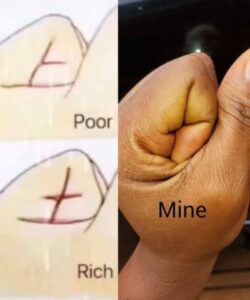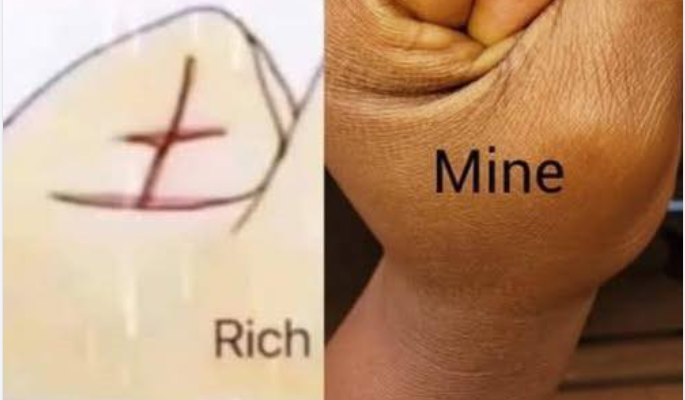Palmistry, also known as chiromancy, is the ancient practice of interpreting the lines, shapes, and mounts of the hands to gain insight into a person’s character, personality, or even their future. Though its exact origins are debated, palmistry has roots in several ancient cultures, including India, China, Egypt, and Greece, where it was used by mystics, philosophers, and healers.
At the heart of palmistry lies the belief that the hands are a map—each line and feature thought to represent different aspects of a person’s life. The three main lines typically read in palmistry are the heart line, which is linked to emotions and relationships; the head line, associated with intellect and mindset; and the life line, traditionally interpreted to reflect vitality and life path. Additional lines and markings, such as the fate line or minor crosses and stars, can also offer insights depending on the interpretation system used.
A well-known example in palmistry involves a crossed line near the thumb, often appearing on or near the mount of Venus (the padded area at the base of the thumb). In some interpretations, this marking is said to indicate financial hardship or a tendency toward poor financial decisions. In traditional palmistry illustrations, it is sometimes labeled simply as “Poor.” However, interpretations can vary widely depending on the palmist and the cultural tradition they follow.
Despite its enduring popularity, palmistry is not supported by scientific evidence. It is classified as a pseudoscience, as studies have not confirmed any consistent link between hand features and personality traits or life outcomes. That said, many people still find value in palm readings—not as predictions of fate, but as tools for self-reflection and introspection.
In modern times, palmistry is often used alongside other spiritual or personality-reading practices, such as astrology or numerology. Some see it as a fun and insightful way to spark conversations about identity, choices, and personal growth. Others are drawn to the mystery and tradition behind the art.
Whether viewed as a mystical tool or a psychological mirror, palmistry remains a fascinating practice with deep cultural roots. For many, reading the palms is less about telling the future and more about understanding oneself in the present.




